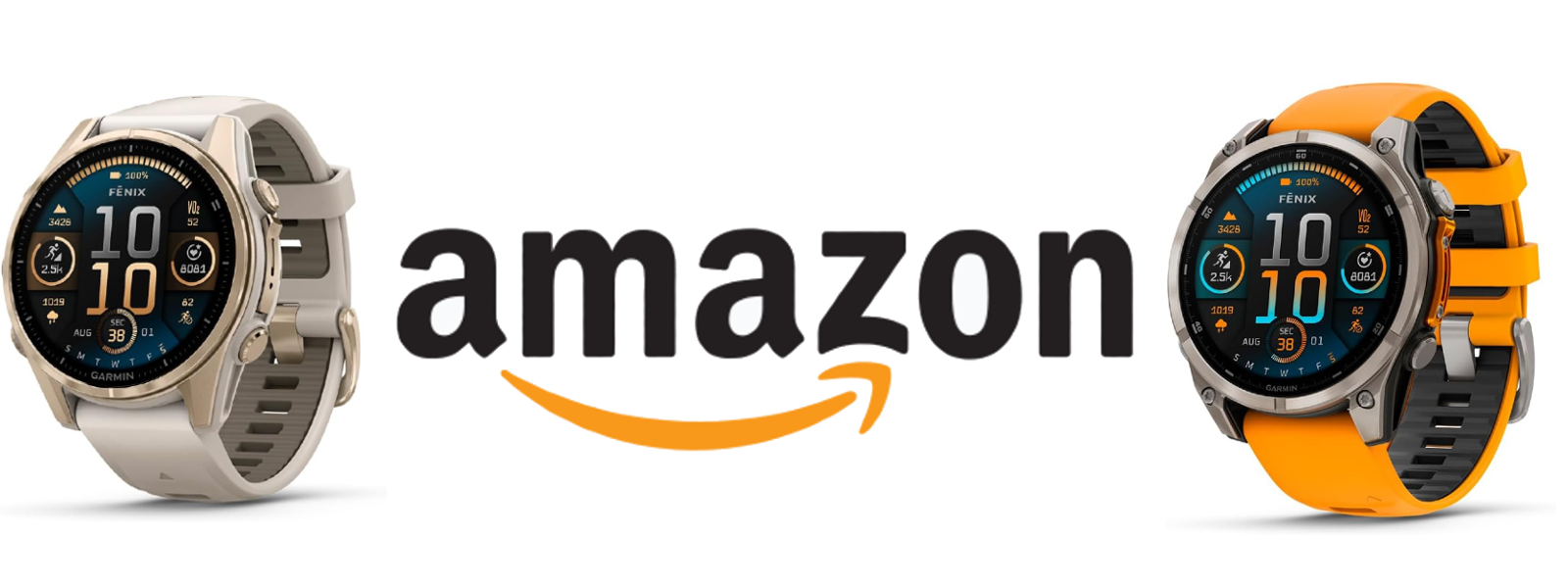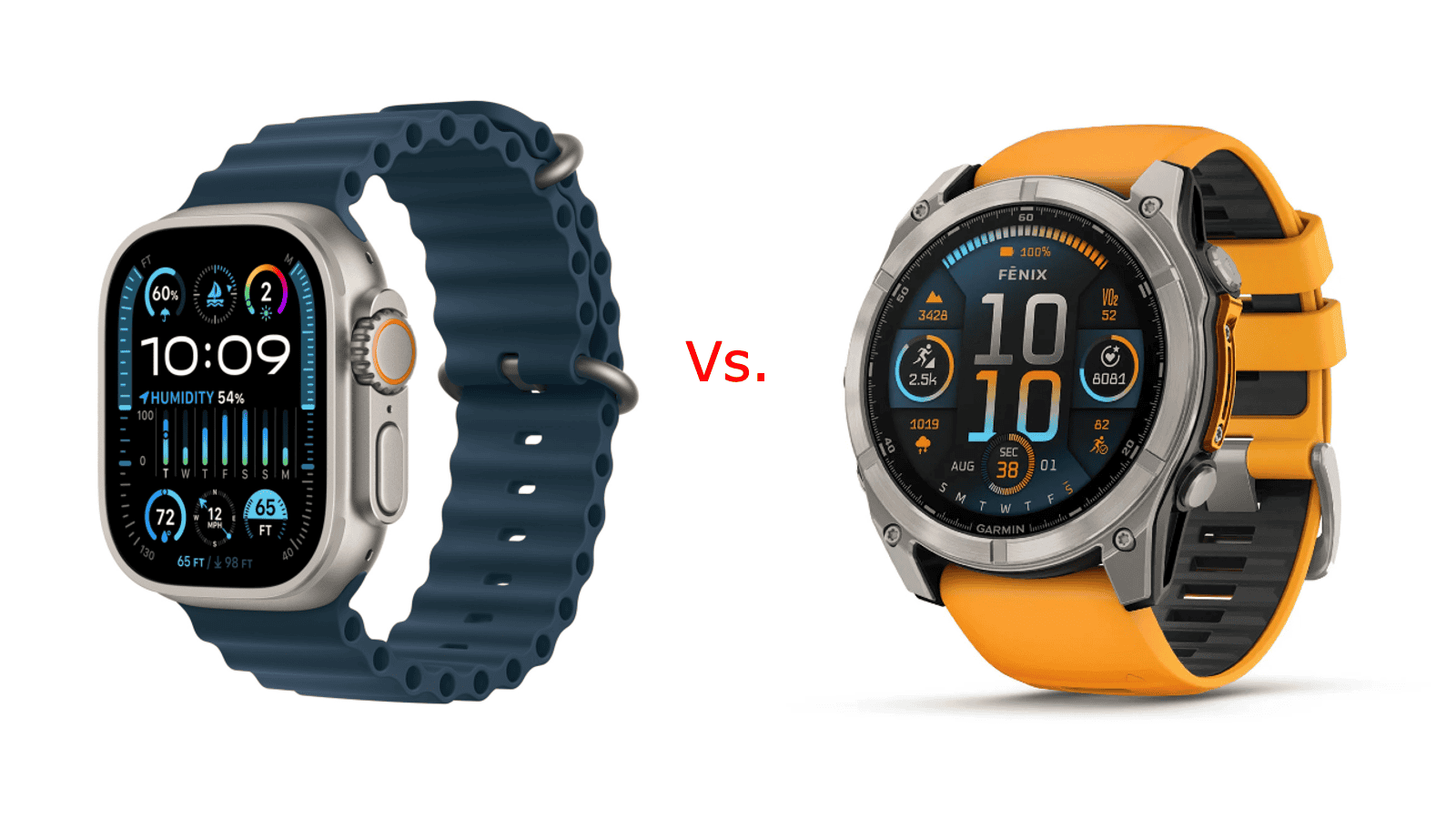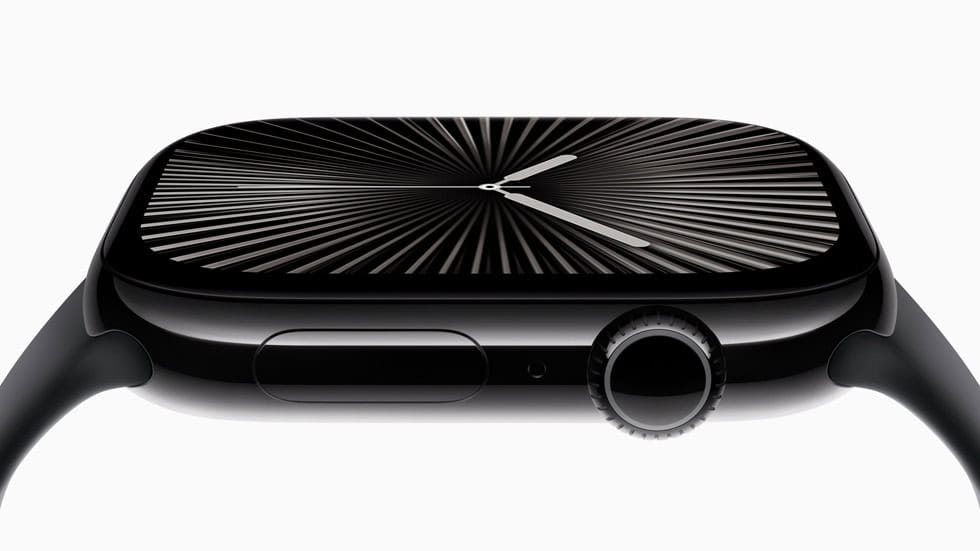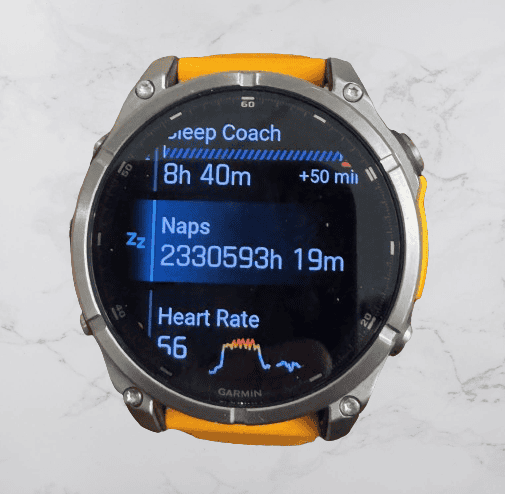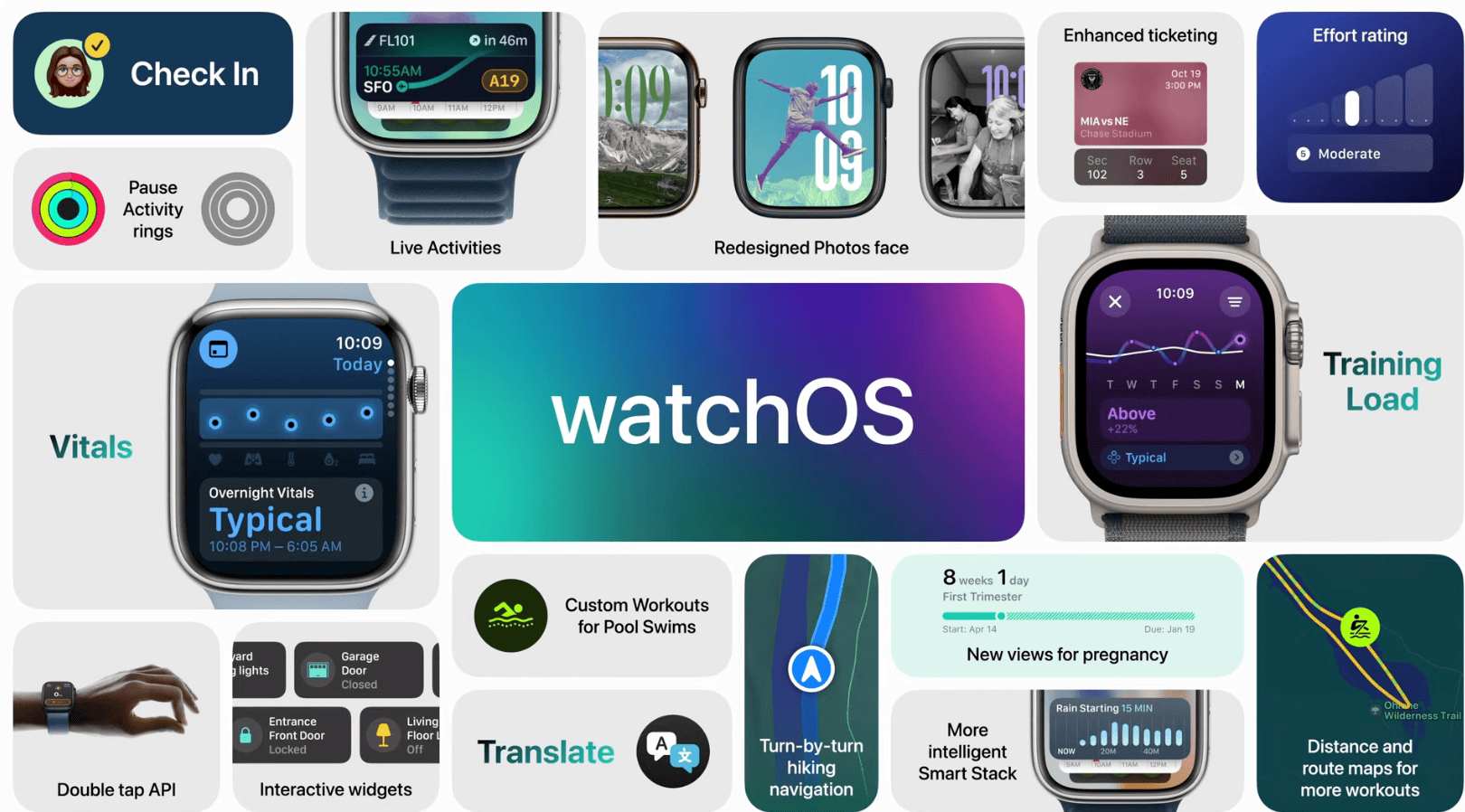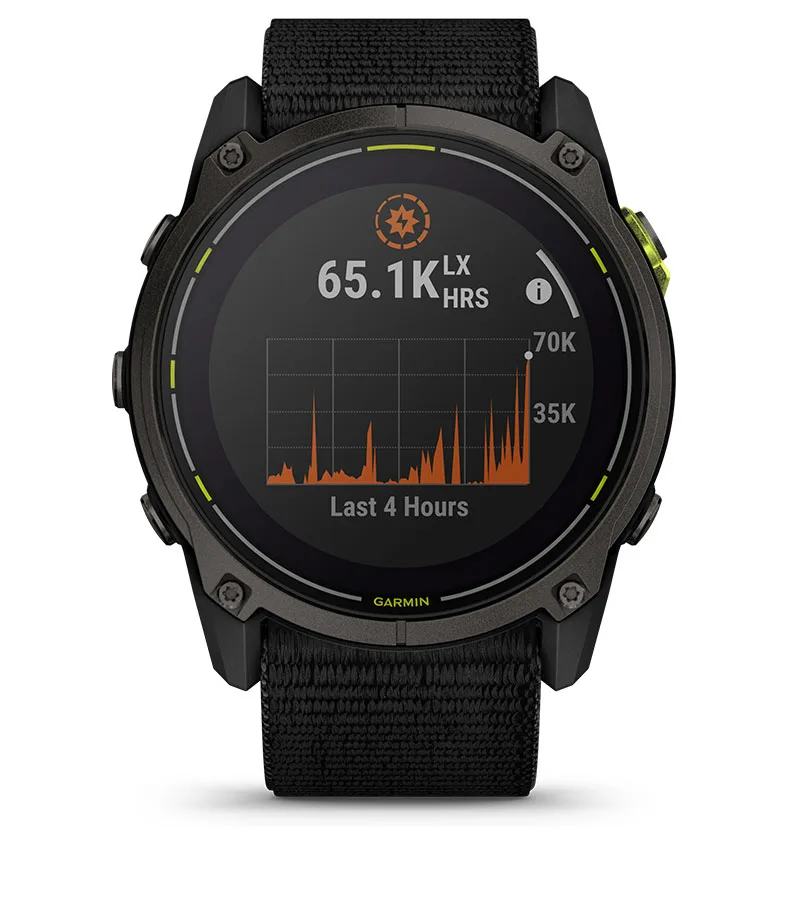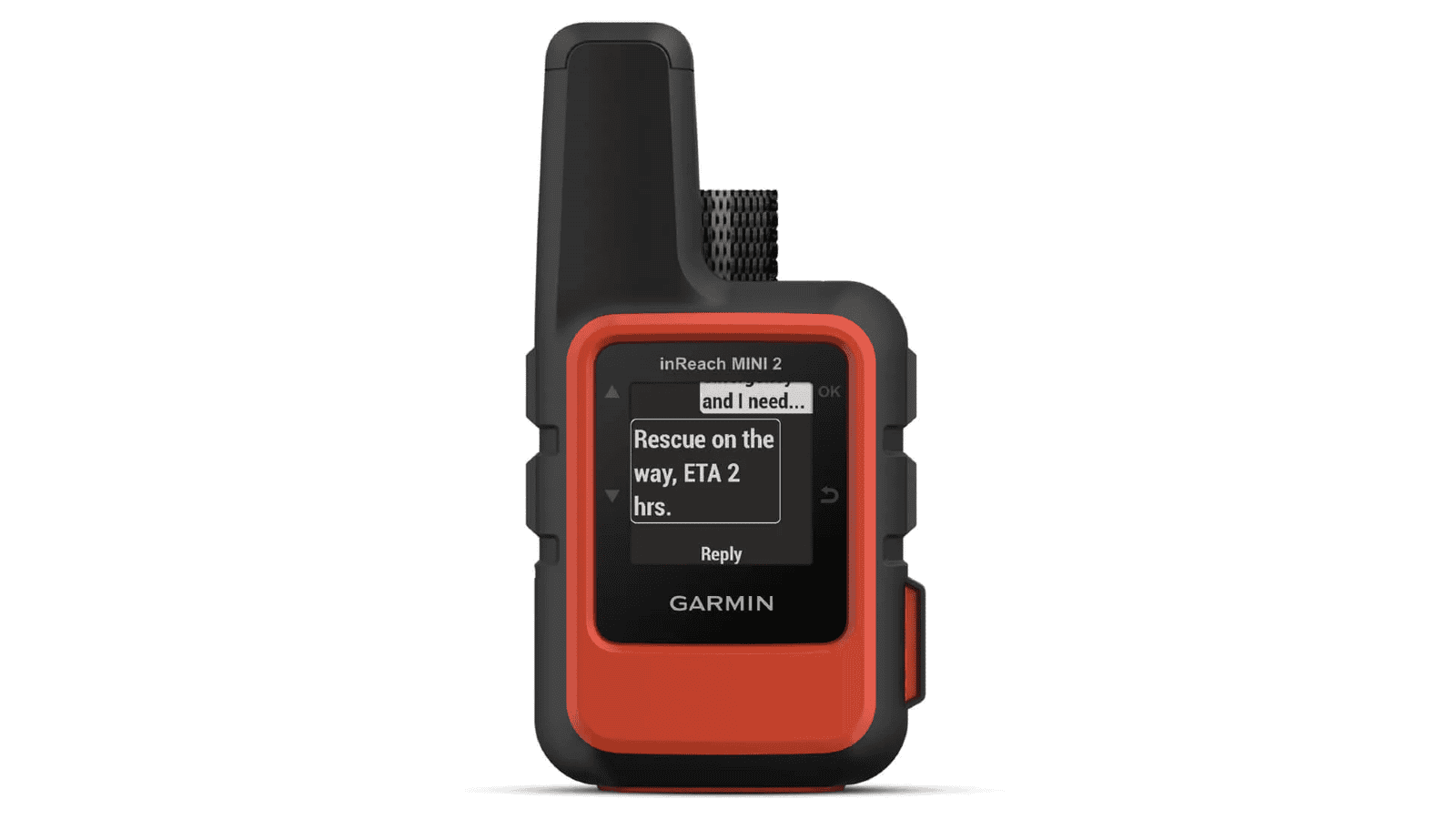The Fenix 8 just launched two weeks and ago and yesterday’s leak of a possible Garmin Fenix 8 MicroLED model in Garmin’s Connect app came as a surprise. The mention of a MicroLED display hints at a significant leap in display technology.
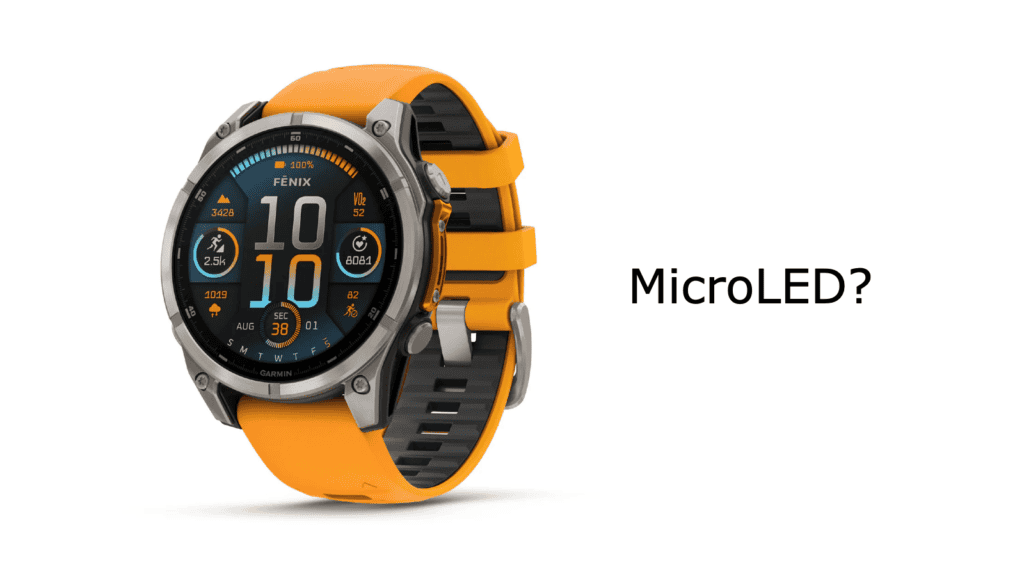
But what exactly is MicroLED, and why would it be such an improvement? Let’s break down the technology, its advantages, the current state of development, and how it could shape the future of smartwatches in general and for Garmin.
What is MicroLED Technology?
MicroLED technology is an advanced display technology that uses millions of microscopic LEDs, each acting as its own light source. This self-emissive property allows MicroLEDs to generate colors and brightness without the need for a backlight, similar to OLED displays but with several key improvements.
- Brightness: One of the standout features of MicroLED is its ability to achieve much higher brightness levels than OLED, making it ideal for outdoor visibility. For smartwatches, this means enhanced readability in bright sunlight—crucial for outdoor activities like cycling, hiking, and running.
- Durability: MicroLEDs use inorganic materials, making them more durable and less prone to burn-in or degradation over time compared to OLED. This increases the longevity of the display.
- Energy Efficiency: Perhaps the most critical advantage for wearables is MicroLED’s energy efficiency. MicroLEDs consume significantly less power, especially at higher brightness levels, which directly impacts battery life. In a smartwatch, this could mean longer usage between charges, even with more vibrant, brighter displays.
- Screen Thickness: MicroLED displays are thinner than OLEDs, allowing manufacturers to either reduce the overall thickness of the watch or allocate more space to other critical components, such as larger batteries, which could extend the watch’s battery life.
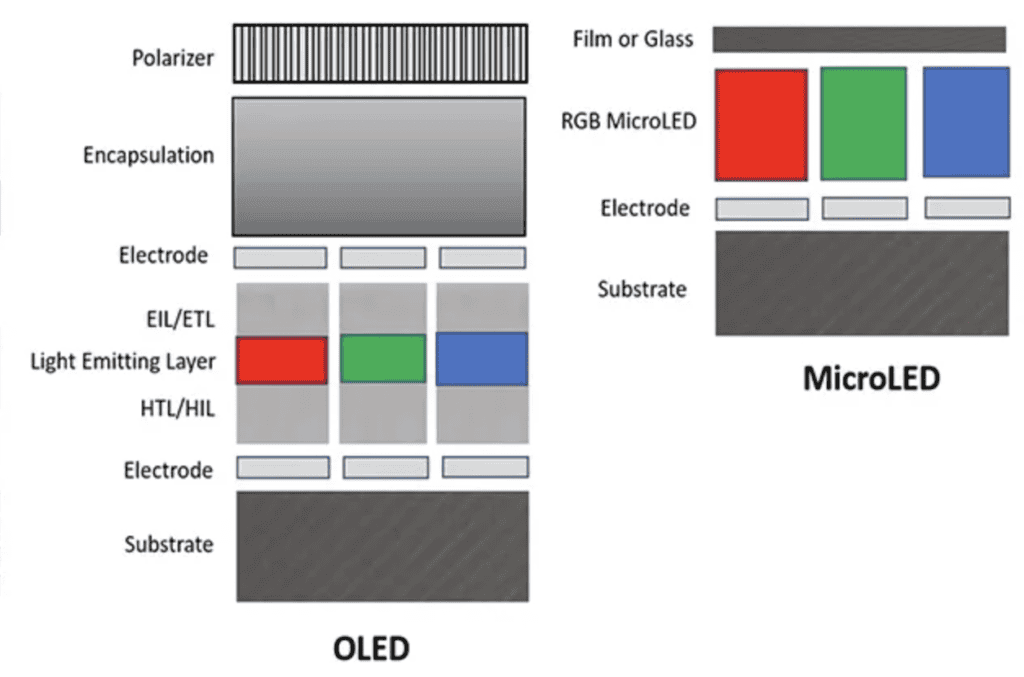
Challenges for MicroLED in Smartwatches
Despite its advantages, there are still significant hurdles to overcome before MicroLED becomes mainstream in smartwatches:
- Manufacturing Complexity: Creating a MicroLED display involves transferring millions of tiny LEDs onto a backplane, a highly intricate process. This makes production more challenging and limits the current availability of MicroLED displays.
- High Cost: Due to the complex manufacturing process, MicroLED displays are still far more expensive to produce than OLED screens.
- Scaling for Smaller Displays: While MicroLED has been successfully used in large screens like high-end TVs, scaling down the technology for smaller devices like smartwatches is still a challenge. Achieving the high resolution and pixel density on a tiny screen requires precise manufacturing, which currently has been a challenge.
Major Players in MicroLED Development
Several tech giants are actively working on MicroLED technology, each with their own focus areas:
- Samsung: Samsung produces both display and wearable technologies. While it’s MicroLED TVs are already on the market, they are prohibitively expensive. However rumors suggest the technology could soon make its way on smaller devices to the company’s smartwatches, possibly as early as the next Galaxy Watch launch in 2025.
- Apple: Apple has been rumored to be working on MicroLED displays for its Apple Watch lineup, although recent reports indicate delays in production or even abandoning their internal project. Apple will certainly adopt MicroLED’s as soon as it is production ready.
Where Are We Headed?
While rumors point to the launch of MicroLED smartwatches relatively soon, the challenges of production costs and manufacturing complexity need to be overcome before we will see them available broadly. Once these hurdles are addressed, MicroLED could become the standard for premium smartwatches, offering longer battery life and brighter displays.
If Garmin is able to launch a Fenix 8 MicroLED soon it could offer a massive improvement to their smartwatch line over AMOLED display and a first mover advantage. That being said, it is unlikely that Garmin would be able to introduce MicroLED into their smartwatch lineup before Samsung and Apple, but you never know.




